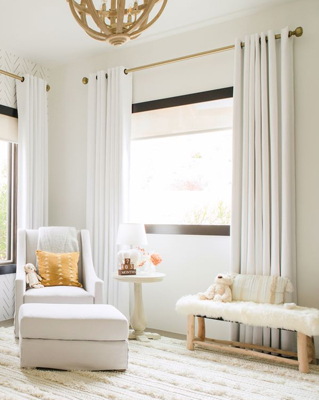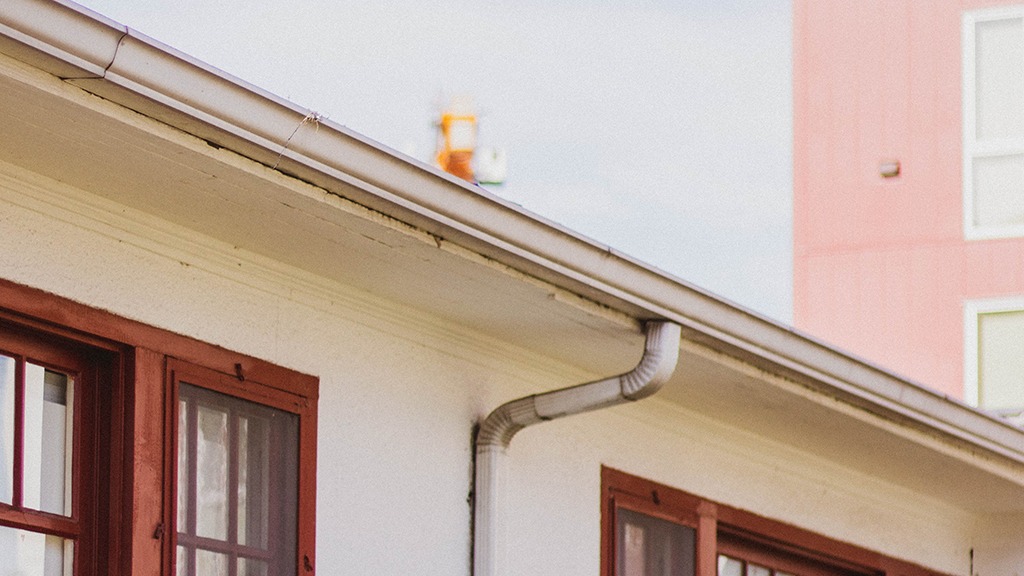You just moved into a new home. It feels wonderful and new until you realize your sink isn’t secured to the wall properly. Or maybe, you’ve been living in your house for years and just saved enough to revamp your powder room. Regardless of the “why” it’s important to know “how” to replace a bathroom sink.
It’s a pretty straightforward home project that most homeowners can easily DIY, whether you have a pedestal sink or want to replace a bathroom vanity sink. Plus, you’ll save a good chunk of money, since the average bathroom vanity installation cost is between $300-$500 (or more)!
Are you ready to get started? Let’s begin your bathroom sink revamp with the basics.
Plan Ahead
I know you want to jump into the project, but it’s best to start by thinking about the entire scope of the project and planning ahead.
Gather What You Need
To move a sink, you’ll need a few tools and materials. These include:
- Utility knife
- Plumber’s wrench
- Silicone adhesive/caulk and caulk gun
- Pry bar
- Screwdriver or drill
- Level
- Screws
- Stud finder
- Drywall anchors (if needed)

Photo by Africa Studio on Shutterstock
Prep Your Space
Before you remove the old unit, whether it’s a vanity or standalone sink, it’s important to turn off the water source. Look for the knob under the sink. Once you find it, give it a swift turn all the way to the right. This should turn off the water supply. But there’s still water in your pipes, so turn on the faucet to release the remaining water.

Photo by Viacheslav Nikolaenko on Shutterstock
Then, disconnect the water line and the P-trap pipe under the sink. (Be prepared with some towels or a large bucket to catch any extra water.)
Remove the Old Unit
How do you remove a vanity unit or sink? To remove the old sink or vanity, start by using a utility knife to slice through any silicone or caulk that’s attaching it to the wall and/or vanity. Then, carefully pull the sink away from the wall and up from the vanity.
You’re going to need a good deal of strength, so work with a partner if need be. Also, it doesn’t hurt to use a pry bar to help the initial lift.
Insider Tip: Be aware of your surroundings. Consider removing the bathroom medicine cabinet or anything else that’s in your way as you install.
Plan the Plumbing
If you intend to move your sink to a different location, go ahead and contact a professional plumber to ensure everything is operating correctly and is up to code. It’s always better to be safe than sorry.

Photo by Andrey_Popov on Shutterstock
Finding the Right Sink
Measure the space in your bathroom to determine the right size sink. In most cases, you’ll choose between a drop-in vanity sink or a pedestal sink. Vanities provide extra storage and neatly, tucked-away plumbing. However, pedestal sinks fit in the smallest of spaces, making them a perfect option for a cramped powder room.

Photo by tostphoto on Shutterstock
Once you’ve selected a model, measure and mark the height and width of the sink or vanity directly on the wall.
Installation
The premise behind how to install a drop-in bathroom sink is similar to how to install a bathroom pedestal sink.
Drop-In Vanity Sink
- With a drop-in vanity, begin by installing the vanity cabinet to the wall using the provided screws. Use the stud finder to find the wood stud. Otherwise, use drywall anchors to secure the cabinet with the screws.
- If your cabinet doesn’t have an open back, determine where the plumbing will come in and drill large holes accordingly.
- Once the cabinet is in place, ensure it’s level.
- Then, use an even line of silicone around the top of the vanity.
- Before you place the sink on top of the vanity, install the faucet and tighten the fixture to the sink.
- Carefully place the sink directly on top of the vanity and press so that it adheres to the silicone. Follow this up with another strip of caulk to adhere the sink to the wall and also around the base of the sink where it meets the vanity.
- Attach all the plumbing.

Photo by Andrey_Popov on Shutterstock
Pedestal Sink
- Pedestal sinks don’t require a cabinet attachment. Instead, you’ll need to install a sink mounting bracket. Go ahead and measure twice to ensure it’s in the right place!
- Once the bracket is in place, you can mount the sink directly on the bracket. Keep in mind that many mounting brackets can be slightly angled to accommodate the sink.
- Next, go ahead and connect the water lines and P-trap.
- Slide the pedestal base underneath the sink and bolt it to the floor.
- Check to ensure the sink is level. Then, bolt it to the wall.
- Finally, use a thin coat of evenly-spread silicone where the sink meets the wall.

Photo by Africa Studio on Shutterstock
Installing a sink couldn’t be easier! DIY bathroom sink assembly saves you money. In less than a day, you can have a brand new or, at the very least, a properly-positioned sink!






















